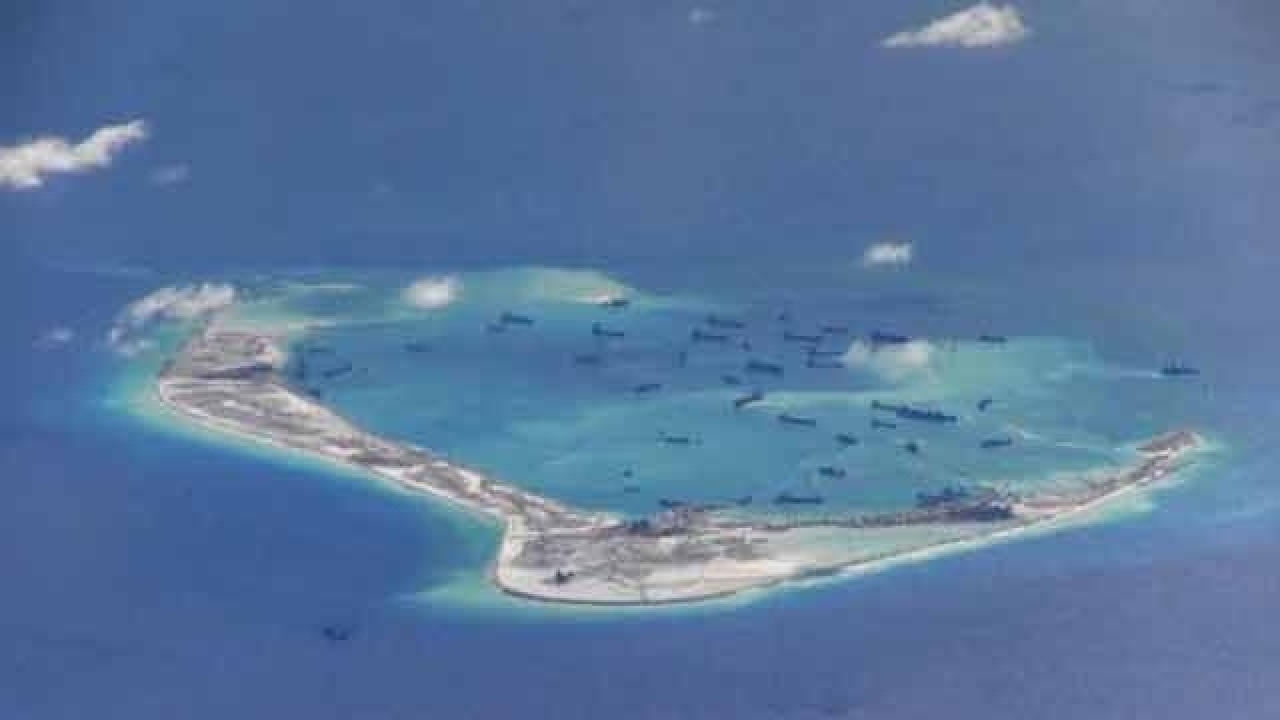
The United Nations Permanent Arbitration Tribunal at The Hague has delivered a verdict rejecting China’s claims over the South China Sea based on the Philippines’ complaint. The tribunal’s verdict offers an interesting legal perspective, which indeed holds water. The rationale of the verdict, if not the operative parts, should be acceptable even to the Communist leaders in Beijing. The rejection of the verdict by China’s President Xi Jinping and Prime Minister Li Keqiang should not be the stance of an obdurate and defiant China which wants to flex its muscle in the region. Chinese leaders have stated in unambiguous language that they would like to settle the disputes in the South China Sea through bilateral negotiations and according to international law. It also has to be noted that it was the Philippines alone that had approached the UN arbitration tribunal, and China was not party to it. Going by the basic rules of arbitration, both disputants have to approach the tribunal for the verdict to be binding on both parties.
Western media have taken the position that China is the bully and that the rights of the small countries of the South China Sea — Japan, the Philippines, Vietnam, Brunei and Indonesia — need to be defended. The refrain in the Western media has been that the United States should use its military might to resist Chinese hegemony in the South China Sea. It appears that many in the Indian media and the strategy experts, with a clear pro-American bias, want India to take an anti-China position in matters relating to South China Sea disputes as a retaliation to the obstructive tactics China had adopted at the Nuclear Suppliers Group (NSG) to prevent India from becoming a member of the exclusive and perceived-to-be-elite club of the suppliers group. It is indeed the case that the India and the US governments are going to follow the unsolicited advice of their respective media. Governments have to adopt a more calculated stance.
There seems to be enough clear thinking in the Indian government that whatever the provocations, China needs to be handled firmly and not necessarily belligerently. That is why, whatever the anger and anguish in the Indian media about China’s role at the NSG, the Modi government had adopted a mature stance. This does not mean that India is being soft or timid towards China. It is just looking at ways to deal with the China problem — there is a China problem in Indian foreign policy — in a continuous fashion. The previous Manmohan Singh government, which displayed a clear pro-US bias in foreign policy matters, realised that the military games involving Australia, Japan, the US and India were not exactly a good move, and it had therefore quietly abandoned it. The move was seen as an anti-China manoeuvre in Beijing and elsewhere. In contrast, and contrary to expectation, the Modi government had adopted a nuanced stance towards both the US and China.
There is recognition in New Delhi and in Beijing that India and China are the leading powers in today’s world, and as such they have to be more responsible in their handling of issues. That is why, India has not been voluble about the China-Pakistan Economic Cooperation Corridor because it knows that it would not help. On the other hand, the Indian position on South China Sea issues has been both diplomatic and firm, insisting that international law should be adhered to in resolving the differences. Diplomacy is a figurative minefield, and India is negotiating its way through it with sufficient tact.